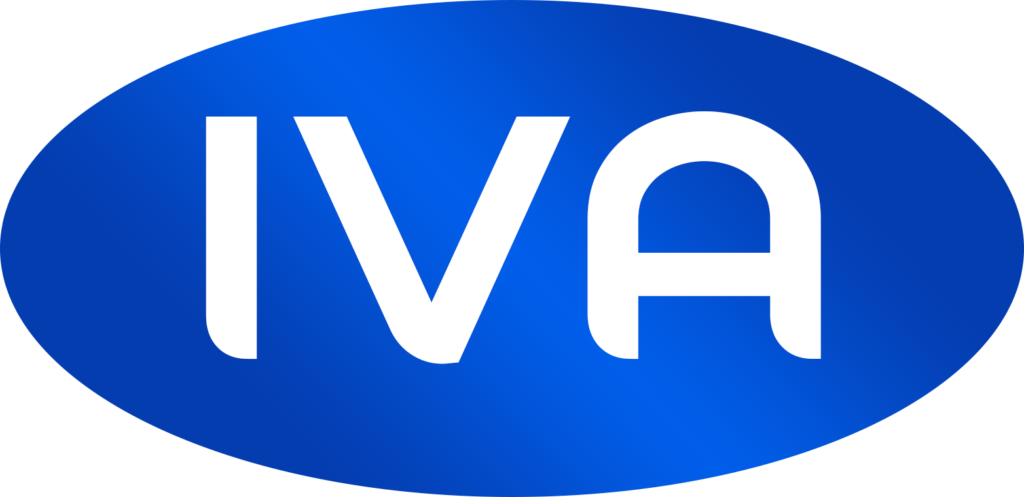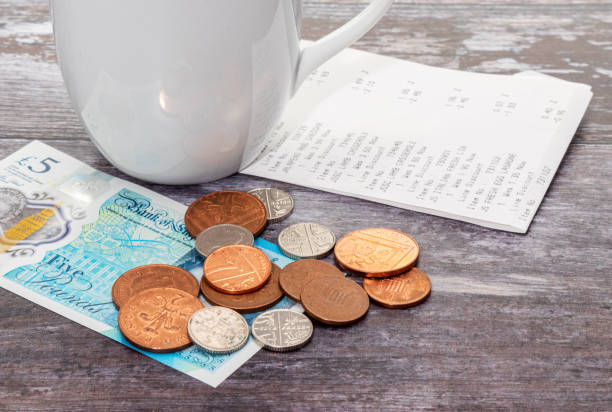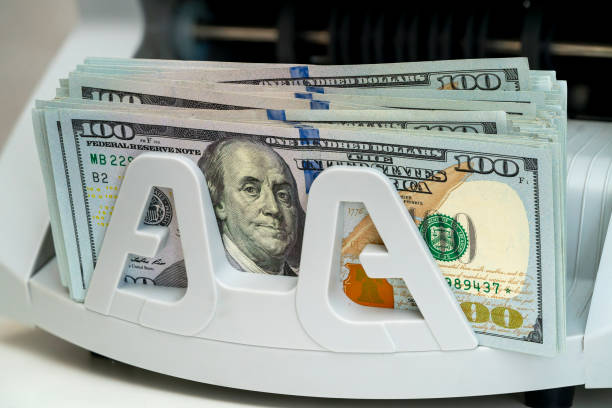UK Debt Help for Self-Employed Professionals
Managing debt can be challenging for self-employed professionals in the UK, especially with fluctuating income, seasonal variations, and the financial responsibilities of running a business. If you’re struggling to keep up with repayments, understanding the debt solutions available can help you regain control of your finances. This guide explores tailored options for self-employed individuals, their benefits, drawbacks, and how to take the first steps toward financial stability.
Common Debt Challenges for the Self-Employed
Self-employed professionals face unique financial pressures, including:
- Irregular Income: Income can vary significantly depending on the time of year, industry, or client payments.
- Business Expenses: Operational costs, such as equipment, rent, and marketing, can add to financial strain.
- Tax Obligations: Missed tax payments can lead to additional charges, penalties, or even HMRC enforcement action.
- Limited Access to Credit: Many self-employed individuals find it harder to qualify for traditional loans due to unpredictable earnings.
- Personal Guarantees: Borrowing for business purposes often requires personal guarantees, putting your personal assets at risk.
Debt Solutions Tailored for Self-Employed Professionals
There are several debt relief options available in the UK for self-employed individuals, depending on your financial situation and business structure.
1. Debt Management Plan (DMP)
A Debt Management Plan is an informal agreement with your creditors to repay debts at a reduced rate. It consolidates multiple payments into one manageable monthly payment.
- Best For: Unsecured debts, such as credit cards and loans.
- Benefits:
- Flexible and adjustable based on income changes.
- Doesn’t require court involvement.
- Protects your business operations.
- Drawbacks:
- Interest and charges may not stop entirely.
- Doesn’t cover secured debts or tax arrears.
2. Individual Voluntary Arrangement (IVA)
An IVA is a legally binding agreement to pay off a portion of your debts over a fixed period (usually five years). Any remaining debt is written off at the end of the term.
- Best For: Self-employed individuals with unsecured debts exceeding £10,000.
- Benefits:
- Allows you to keep trading while repaying debts.
- Stops legal action from creditors.
- Covers tax debts and HMRC arrears.
- Drawbacks:
- Requires regular income to meet monthly payments.
- Impact on credit score for six years.
3. Bankruptcy
Bankruptcy is a legal process where your assets are used to pay off debts, and any remaining debts are written off. While often seen as a last resort, it can be a viable option for those with significant liabilities.
- Best For: Severe financial difficulties with little to no assets or disposable income.
- Benefits:
- Provides a fresh financial start.
- Clears most debts, including tax arrears.
- Drawbacks:
- Business assets may be sold, impacting your ability to trade.
- Public record for six years.
- Restrictions on future financial activities.
4. Time to Pay Arrangement (TTP)
A Time to Pay Arrangement is an agreement with HMRC to spread the cost of overdue tax payments over an extended period.
- Best For: Self-employed individuals with outstanding tax debts.
- Benefits:
- Prevents penalties and enforcement actions.
- Flexible terms based on your financial situation.
- Drawbacks:
- HMRC must approve the arrangement.
- Missing payments can lead to further enforcement.
5. Business Debt Consolidation Loan
A business debt consolidation loan combines multiple debts into a single loan with one monthly repayment. This option works best if you’re confident in your ability to repay.
- Best For: Self-employed individuals with manageable debts and good credit.
- Benefits:
- Simplifies debt management.
- May lower interest rates on existing debts.
- Drawbacks:
- Requires a stable income and good credit score.
- Secured loans put assets at risk.
6. Debt Relief Order (DRO)
A DRO is a formal insolvency solution for individuals with low income and minimal assets. It freezes debts for 12 months, after which they are written off if your situation hasn’t improved.
- Best For: Sole traders with unsecured debts under £30,000 and limited assets.
- Benefits:
- Affordable (£90 application fee).
- Protects you from creditor actions during the 12-month period.
- Drawbacks:
- Strict eligibility criteria.
- Not suitable for individuals with significant business assets.
How to Choose the Right Debt Solution
Choosing the best debt solution depends on your financial circumstances and business goals. Here are some steps to guide you:
- Assess Your Financial Situation: List all your debts, including amounts, interest rates, and repayment terms.
- Separate Personal and Business Finances: Ensure you distinguish between personal and business debts for clarity.
- Consult a Debt Adviser: Speak to a professional adviser or organisation like StepChange, Business Debtline, or Citizens Advice for tailored guidance.
- Consider Long-Term Impacts: Think about how each option will affect your business, credit score, and future borrowing capabilities.
Tips for Managing Debt as a Self-Employed Professional
- Create a Budget: Track your income and expenses to identify areas where you can cut costs.
- Set Aside for Taxes: Regularly save a portion of your income to meet tax obligations.
- Negotiate With Creditors: Many creditors are willing to adjust repayment terms for self-employed individuals.
- Diversify Income Streams: Consider additional income sources to stabilise cash flow.
- Monitor Cash Flow: Use accounting tools or software to stay on top of your finances.







